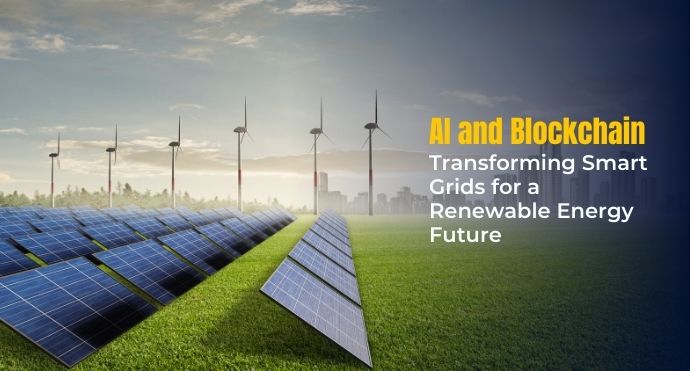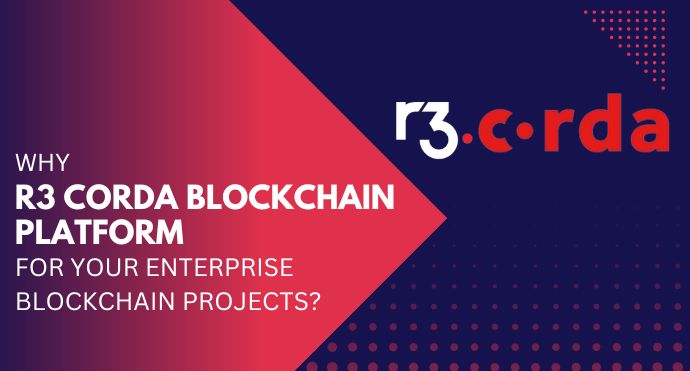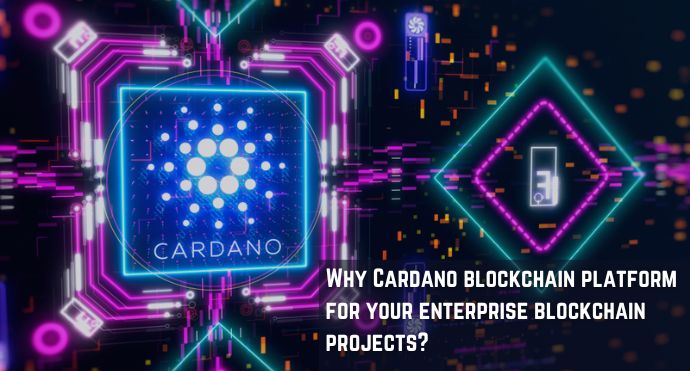Smart grids are the next generation of electrical grids that use digital technology to improve the efficiency, reliability, and security of the power grid. Smart grids can also help to integrate renewable energy sources, such as solar and wind power, into the grid.
Artificial intelligence (AI) and blockchain are two emerging technologies that have the potential to transform smart grids and accelerate the transition to a renewable energy future. AI can be used to optimize energy production, consumption, and distribution, while blockchain can be used to create secure and transparent energy markets.
A Glimpse into 2023: AI and Blockchain Revolutionizing Smart Grids
Here is some data from 2023 on the use of AI and blockchain in smart grids:
~ According to a report by the International Energy Agency, global investment in smart grid technologies is expected to reach $170 billion by 2023.
~ A recent study by the World Economic Forum found that AI and blockchain could help to reduce the cost of renewable energy by up to 20% by 2030.
~ A survey by the Electric Power Research Institute found that 80% of electric utilities are planning to invest in AI-powered smart grid technologies in the next five years.
Harnessing AI’s Potential in Smart Grids
AI can be used in smart grids in a variety of ways, including:
Predictive maintenance: AI-powered algorithms can analyze data from sensors and IoT devices to predict equipment failures and optimize maintenance schedules. This can help to reduce downtime and improve the efficiency of renewable energy assets.
Demand forecasting: AI can be used to forecast energy demand based on historical data and real-time factors, such as weather and temperature. This information can be used to optimize energy generation and distribution and to reduce the risk of blackouts.
Grid optimization: AI can be used to optimize the operation of the power grid in real-time. This can help to improve the efficiency and reliability of the grid and to integrate renewable energy sources more effectively.
Blockchain in Smart Grids
Empowering Smart Grids with Blockchain Technology: Possibilities Unveiled
Peer-to-peer energy trading: Blockchain can be used to facilitate secure and transparent peer-to-peer energy trading. This allows consumers to sell excess renewable energy directly to other consumers without the need for a middleman.
Distributed energy resource management: Blockchain can be used to manage distributed energy resources, such as rooftop solar panels and electric vehicle charging stations. This can help to ensure that these resources are used efficiently and safely.
Supply chain management: Blockchain can be used to track the provenance of energy and materials in the supply chain. This can help to ensure transparency and accountability in sustainable energy production.
Illustrating Real-world Applications of AI and Blockchain in Smart Grids
There are a number of real-world examples of how AI and blockchain are being used to transform smart grids and accelerate the transition to a renewable energy future.
For example, the Australian company Power Ledger is developing a blockchain-based peer-to-peer energy trading platform. The platform allows consumers to buy and sell excess renewable energy directly to each other without the need for a middleman.
Another example is the German company Sonnen. Sonnen develops smart battery systems that allow homeowners to store excess solar energy and use it later when the sun is not shining. Sonnen also offers a blockchain-based platform that allows homeowners to sell their excess solar energy to other consumers.
Benefits of using AI and blockchain in smart grids
There are a number of benefits to using AI and blockchain in smart grids, including:
Increased efficiency: AI and blockchain can help to improve the efficiency of energy production, consumption, and distribution. This can lead to lower costs and reduced greenhouse gas emissions.
Increased reliability: AI and blockchain can help to improve the reliability of the power grid by predicting equipment failures and optimizing maintenance schedules. This can help to reduce the risk of blackouts.
Increased security: AI and blockchain can help to improve the security of the power grid by making it more difficult for hackers to attack the grid.
Transparency and accountability: Blockchain can help to ensure transparency and accountability in the energy sector. This can help to build trust between consumers and energy providers.
Conclusion:
AI and blockchain have the potential to transform smart grids and accelerate the transition to a renewable energy future. By using these technologies, we can create a more efficient, reliable, secure, and transparent energy system. AI and blockchain can also help to make smart grids more equitable and affordable for everyone. For example, AI can be used to develop targeted energy assistance programs for low-income households. Blockchain can also be used to create new energy markets that give consumers more choice and control over their energy supply.
Overall, AI and blockchain are two of the most exciting technologies that have the potential to transform the energy sector. By using these technologies, we can create a more sustainable, equitable, and affordable energy future for everyone.



